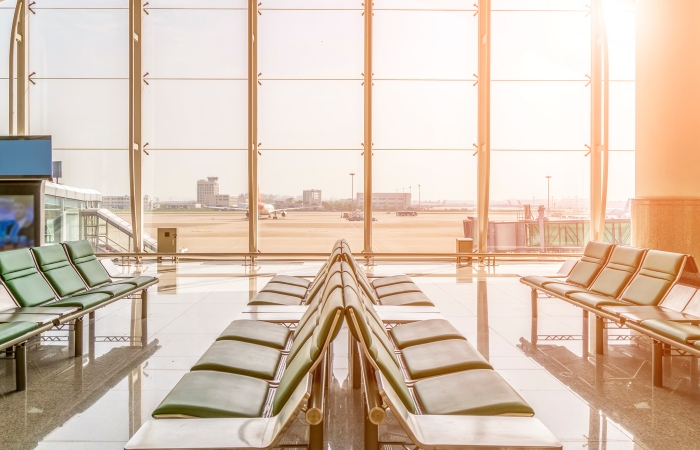CAPA India has been tracking the progression and impact of COVID-19 since January 2020. Based on current indications, its near-term assessment is that demand will remain subdued until Q2 2021, with no certainty of revival in H2.
CAPA India estimates that demand-related risks are now much higher than any of its earlier estimates. Since the resumption of domestic operations on May 25, 2020, demand has been weaker than expected, with the industry achieving a load factor of around just 55 per cent in Q1, and that too whilst limited to 30 per cent of capacity.
The pent-up demand for traffic has proven to be less than expected, largely due to inconsistent and confusing state-wise quarantine requirements, which have regularly changed. And with the number of daily new COVID-19 cases in India accelerating, consumer confidence is weakening. Some key estimates reveal:
Domestic traffic in second quarter of FY2021 is expected to reach 100,000-125,000 daily passengers.
Airlines have recently been given permission to operate 45% of their capacity, up from the earlier 30%. While this is welcome, given the weak demand outlook until the end of August, airlines may be reluctant to increase capacity as this could actually increase risks and losses.
International operations may resume in Aug-2020, but are not expected to reach any meaningful scale until Q3.
The second quarter is increasingly looking like a washout. The outlook for Q3 will depend upon how fast the infection curve can be flattened so that consumer confidence is restored. But at this stage, the public does not appear to be in any rush to return to the skies, especially when it comes to international travel.
Traffic between metros has been impacted more significantly than non-metro traffic, primarily because metros have seen the largest outbreaks of the disease and are considered to be higher risk.
The temporary imposition of fare caps and floors by the regulator is impacting demand. This pricing restriction means that airlines have less flexibility to offer lower fares to stimulate the market. The impact may be even greater in Q2 as demand is historically weak during this quarter. Continuing with price controls beyond August would be a strategic mistake by the regulator which could further harm airline financials.
CAPA India also estimates that the impact of COVID-19 could trigger market consolidation and deliver a record consolidated Indian airline industry loss of at least US$3 billion, and possibly closer to US$4 billion in FY2021, based on current estimates. Who will grow the market when conditions normalise? If airlines are unable or unwilling to expand, this may result in sustained damage to connectivity in India, with structural implications for the economy.
Earlier projections vs likely outcome
- CAPA India’s projections for the impact of COVID on the aviation industry are mostly aligned with likely outcomes:
- An earlier projection stated that domestic traffic in FY2021 will decline to 55-70 million. Full-year traffic is now expected to be towards the lower end of this range.
- Int’l traffic in FY2021 was likely to decline to 20-27 million. While it is yet to resume, CAPA India continues to maintain this projection.
- Indian airlines were expected to have a surplus fleet of 200-250 aircraft over 6-12 months. At the end of 12 months, the projected surplus is expected to still be 200-250 aircraft.
- It was estimated that ndian airlines would terminate and return 100+ leased aircraft. This remains likely based on indications from airlines.
- The workforce employed in Indian aviation was expected to be reduced by at least 30%; this remains a likely outcome.
 TravTalk India Online Magazine
TravTalk India Online Magazine





